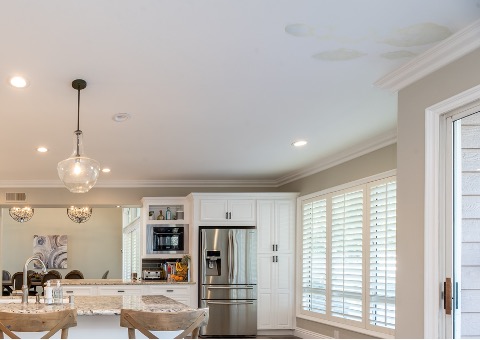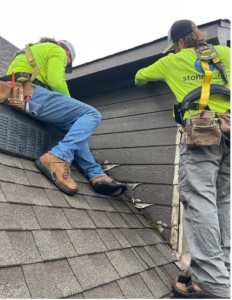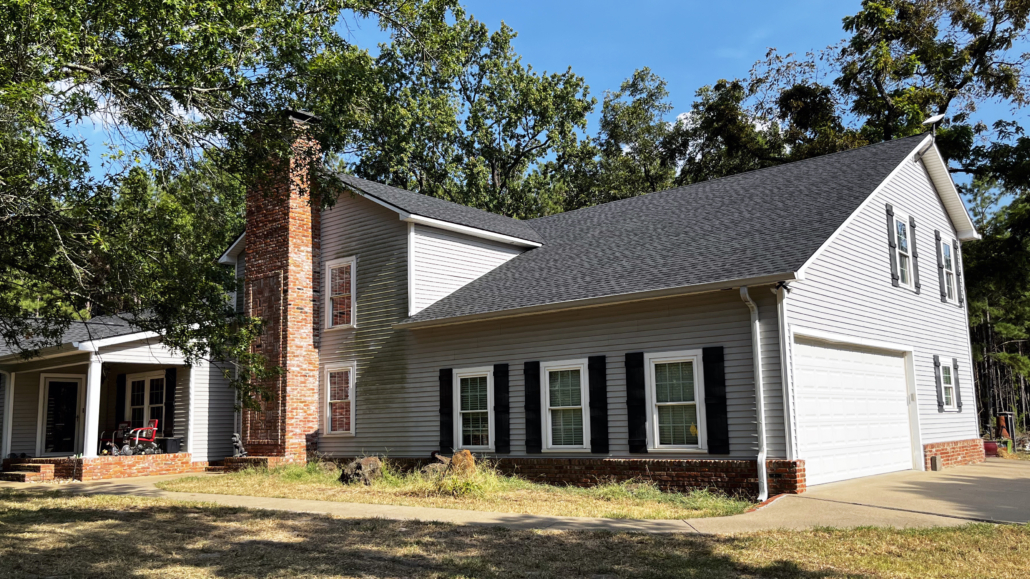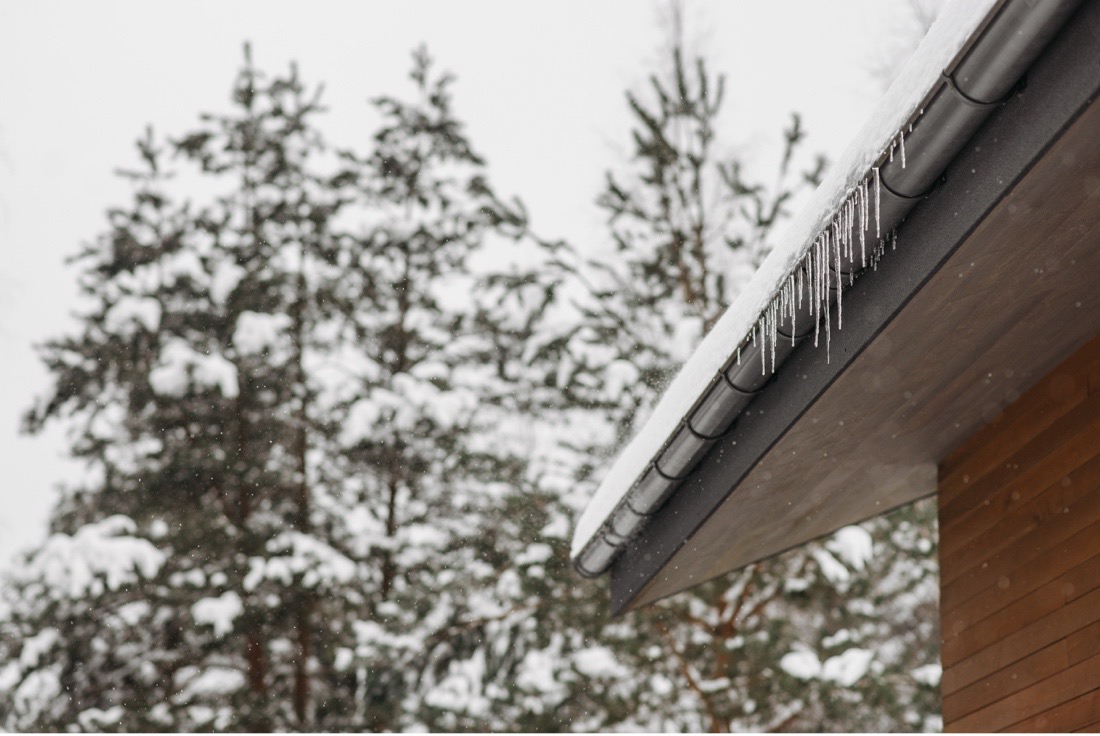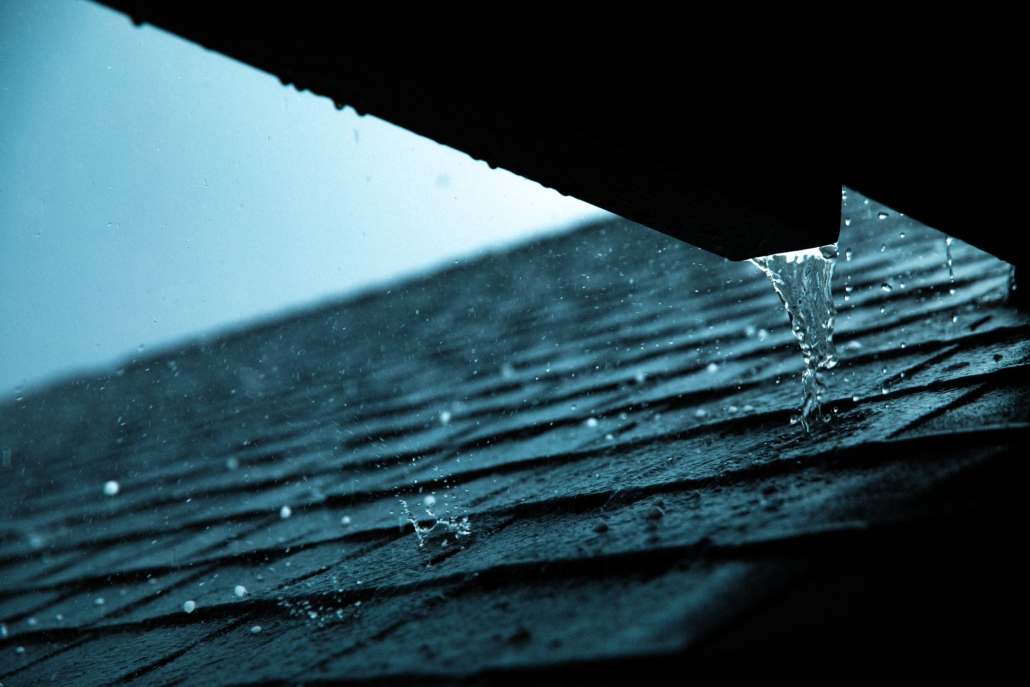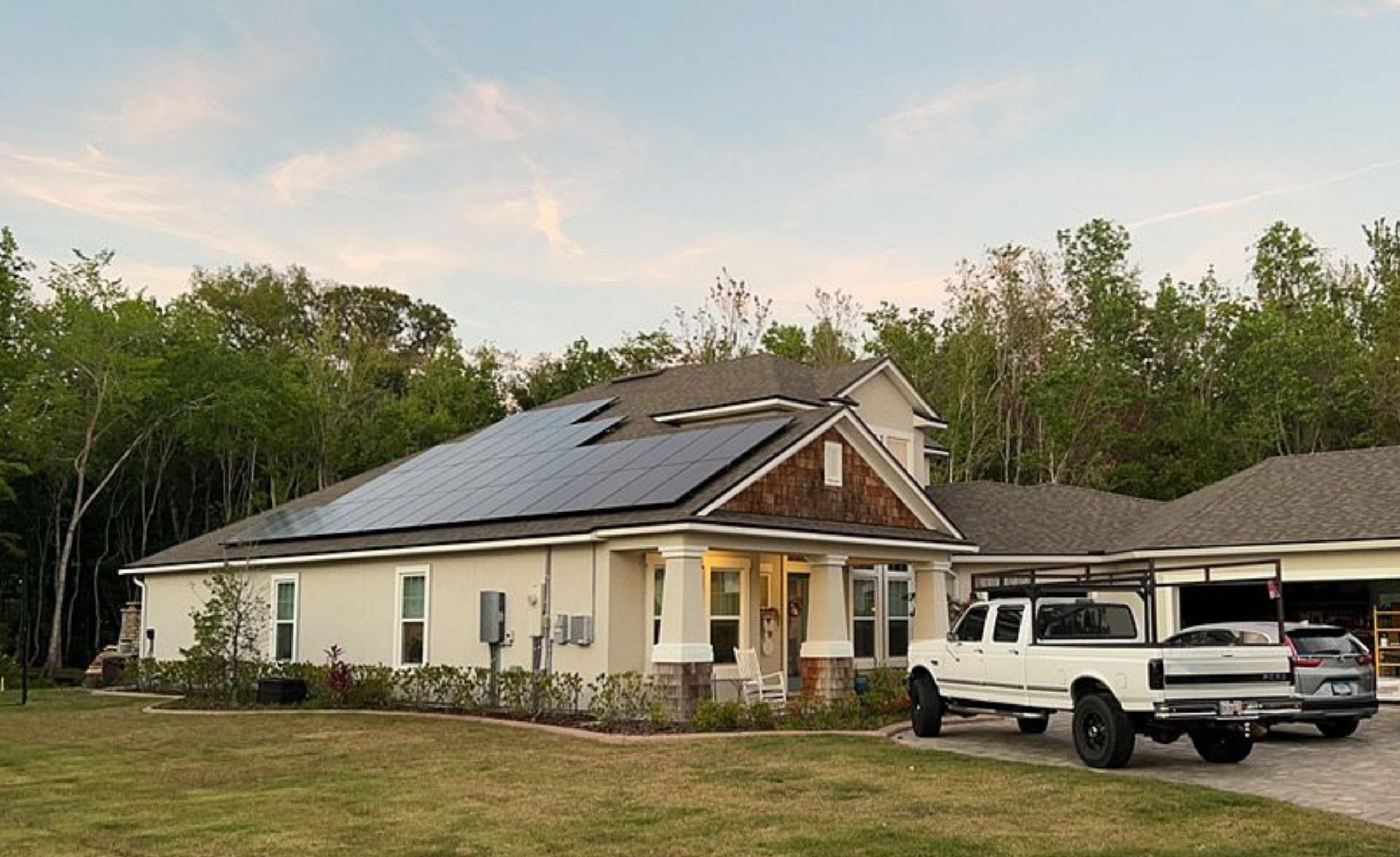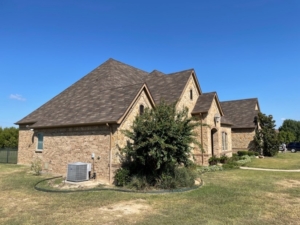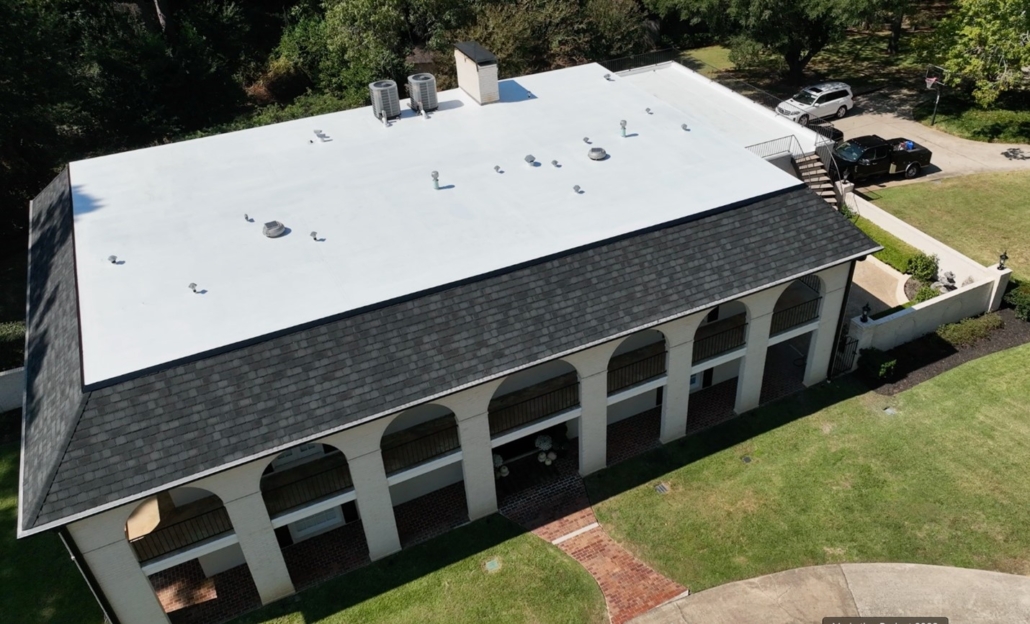5 Signs Your Roof May Need Replacing
Your home’s roof is not just a structural component; it serves as the ultimate shield against the elements, safeguarding you and your belongings. However, with time, roofs can deteriorate, leading to various issues like leaks, mold growth, and decreased energy efficiency.
So, as a responsible homeowner, it’s important to recognize when your roof needs attention. How do you know when to replace a roof? Let’s explore five signs that your roof needs replacing or, at the very least, repairs.
1. Age of Your Roof
Age is one of the best factors to consider when trying to determine if your roof needs replacing. Most roofing materials have a limited lifespan, typically ranging from 20 to 30 years, so if your roof is approaching or has exceeded this timeframe, it’s probably time to consider a replacement rather than investing in periodic repairs. If you aren’t sure how old your roof is or if it needs immediate repair work, contact a roofing expert like our team at Stonewater Roofing. We can assess the condition of your roof and recommend the best course of action!
2. Visible Signs of Roof Damage
Inspecting your roof for visible signs of damage, whether it be structural or hail damage, is another good way to determine what, if any, repair work needs to be done. Cracked, curled, or missing shingles may compromise the integrity of your roof, allowing moisture to penetrate and potentially cause extensive internal damage. If the damage is isolated to a few areas, repairs may be enough to fix any issues, but if the damage is widespread or the damage is recurring, this may indicate the need for a complete roof replacement.
3. Interior Water Leaks
Water stains on your ceilings or walls are all clear indicators of a roofing problem. If you notice water leaks inside your home, it’s important to act quickly. Leaks often result from underlying issues like damaged flashing, deteriorating underlayment, or worn-out roofing materials and can cause damage like mold growth, compromised insulation, and structural damage. Fortunately, you don’t have to face these issues alone. Stonewater Roofing’s experienced team is here to assist you. Rely on our experts to conduct a thorough inspection, accurately identify the source of any leaks, and provide you with the most appropriate and practical solutions. Don’t let water leaks wreak havoc on your home — contact Stonewater Roofing todayfor professional assistance.
4. High Energy Bills
An inefficient roof can significantly impact your energy bills, leading to unexpected spikes in heating or cooling costs. If you’ve noticed a sudden increase in your utility bills, it’s essential you investigate the potential causes, as poor insulation or ventilation, resulting from an aging or damaged roof, could be to blame. You can achieve long-term cost savings by proactively addressing these issues through roof inspection and repairs. Moreover, opting for energy-efficient roofing materials during replacement can further enhance your savings.
5. Previous Roof Repairs
Another point worth considering is the frequency and extent of previous roof repairs. If your roof has undergone multiple repairs over a short period, that might suggest there are underlying issues necessitating a replacement. While repairs can temporarily address immediate concerns, they may not effectively resolve the root cause of the problem. By partnering with a professional roofing contractorsuch as Stonewater Roofing, you can rely on the expertise needed to assess the condition of your roof and determine if it’s time for a new one. This proactive approach not only provides you with peace of mind but also helps prevent the recurrence of issues in the future.
Additional Things to Consider for Roof Replacement or Repair
The cost of roof repairs can be a significant concern for homeowners. The average roof replacement cost depends on various factors, such as the size of your roof, type of roofing material, labor costs, and any additional requirements like building permits. Remember, roof replacement is not a DIY project. It requires expertise, specialized tools, and knowledge of local building codes. That’s why it’s crucial to hire a reputable roofing company like Stonewater Roofing. We have the experience and skill to handle both roof repairs and replacements efficiently and ensure the highest quality of workmanship.
Conclusion
When it comes to roof replacement or repairs, it’s important to pay attention to the signs your home is showing. Damaged shingles leaks, and energy inefficiency are indicators that you should consider a roof replacement, but if you find yourself uncertain about the right course of action, it’s always best to seek professional advice. At Stonewater Roofing, our team of experts is dedicated to addressing all your roofing needs. With a wealth of experience and a team of individuals committed to your well-being, Stonewater has the tools to provide you with expert advice and reliable services tailored to your specific requirements. Trust us to restore your roofto its optimal condition and ensure long-lasting protection for your home!

